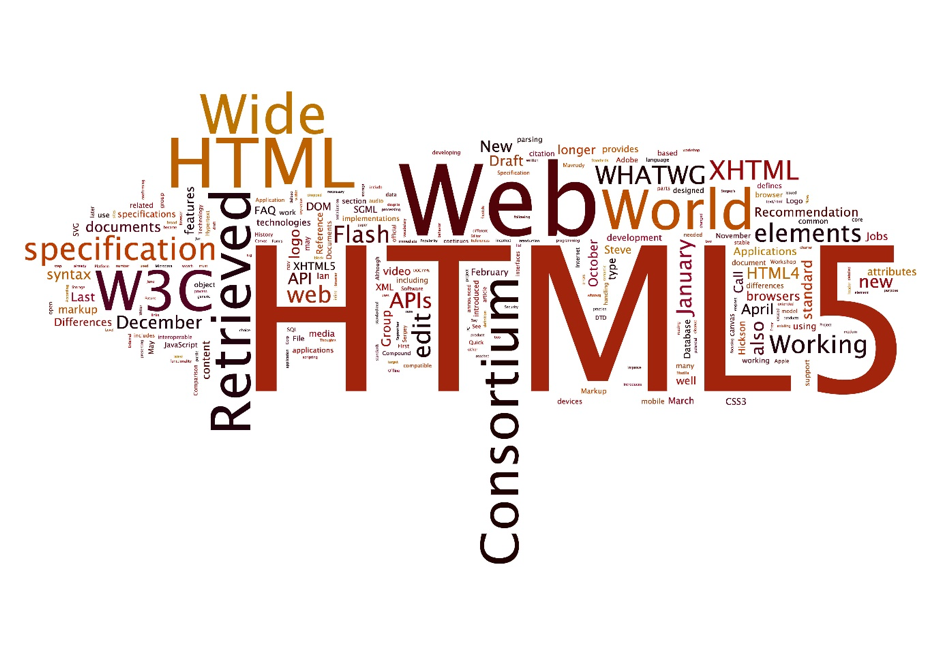When it comes to using multiple <H1> tags in SEO, you may be confused. Don’t worry; you’re not alone. The dawning of HTML5 means that best SEO practice and the use of multiple
tags has
spelt considerable change. Whatever rules applied before no longer exist, so it’s time to brush up.
In this article, we will explain how to use <H1> tags correctly so that the search engines can index. And, how to write tags so that they follow W3C specifications.
Before HTML 5
Pre-HTML 5 the general rule of thumb was that you only used one <h1> heading per page. This tag gave the search engines the information they needed to be able to ‘read’ your page and sort it for relevance for searches and rankings.
An <h1> tag summed up the page’s subject matter, no matter how overarching or unhelpful. An <h1> was also used on a page by page basis. For instance, where a tag might be used to highlight the name of the company on one page, on another, it explained a service.
The main problem with <h1> tags was that they tended to over-generalise. One <h1> per page made it impossible to create an outline that fully explained the intricacies of the content. Although the use of subheadings was useful in visual terms, it was unhelpful regarding search engine indexing. If, for example, you had two significant pieces of information on a page the search engine would still only look to the <h1> tag. Further subheadings were inferior to the main content.
Problems with SEO and <H1> tag pre HTML5
- The content is grouped under one <h1> tag
- Subheadings and other important content was ignored and considered inferior
- Page designers had to use fiddly and clunky means to get around these problems
- Site titles compromised article titles and vice versa
<h1> changes post HTML 5
The age of HTML 5 has addressed and gone beyond the issues above. By using a document outlining algorithm, it is possible to split and label content within a page into various sections with each one designated an <h1> tag.
How to section content
- Sectioning root – <body> tags
- Sectioning content – <article> tags
- Heading content – <h1> <h2> <h3> <h4> <h5>
Whereas before a page was ‘lumped’ together as one whole, articles on one page can now be seen as separate entities thanks to article tags. The HTML5 algorithm solves the issue of generalising a page’s content. By creating and labelling sections within a page, the content gets outlined no matter where it sits on the page.
Using the new rules of <h1> tags means that markup remains consistent throughout a site. A site title does not need to change per page as the <h1> tag can remain in place without affecting the relevance of the content.
As the title of the site is separate to the interpretation of a page’s content, the owner is at liberty to use any company name they wish, no matter how abstract. This factor is particularly important for companies hoping to build on their branding and marketing.
Yes, you should use multiple <H1> tags in SEO
Whereas before you could only use one <h1> tag per page, this is no longer the case. You can use multiple <h1> tags on your page if they are within a specified section. In fact, by NOT using multiple <h1> tags you create a problem where your page isn’t understood or outlined correctly.
Make sure that you are not following old guidelines when it comes to using <h2> tags for headlines. If you are, you are effectively marking these as lower level headings, and your document outline will be affected. The same also applies to <h3> tags and so on. Instead, use one <h1> tag per article section.
Of course, for presentation purposes, you might want to use lower headings. Only do this where a document outline is unnecessary.
Four steps to using multiple <h1> tags as per W3C specs
Now you know that you can use multiple <h1> tags, make sure that you follow these rules.
- Do not scatter <h1> tags all over your content. They should be applied on a ‘one per section’ basis to produce a thorough document outline.
- Use an <h1> tag at the beginning of your content. Doing so enables the outlining of the entire document.
- Always use <H1> tags for the first headline in each section of content.
- Use <h2> and lower tags under your <h1> tags to create a document outline for your page.

